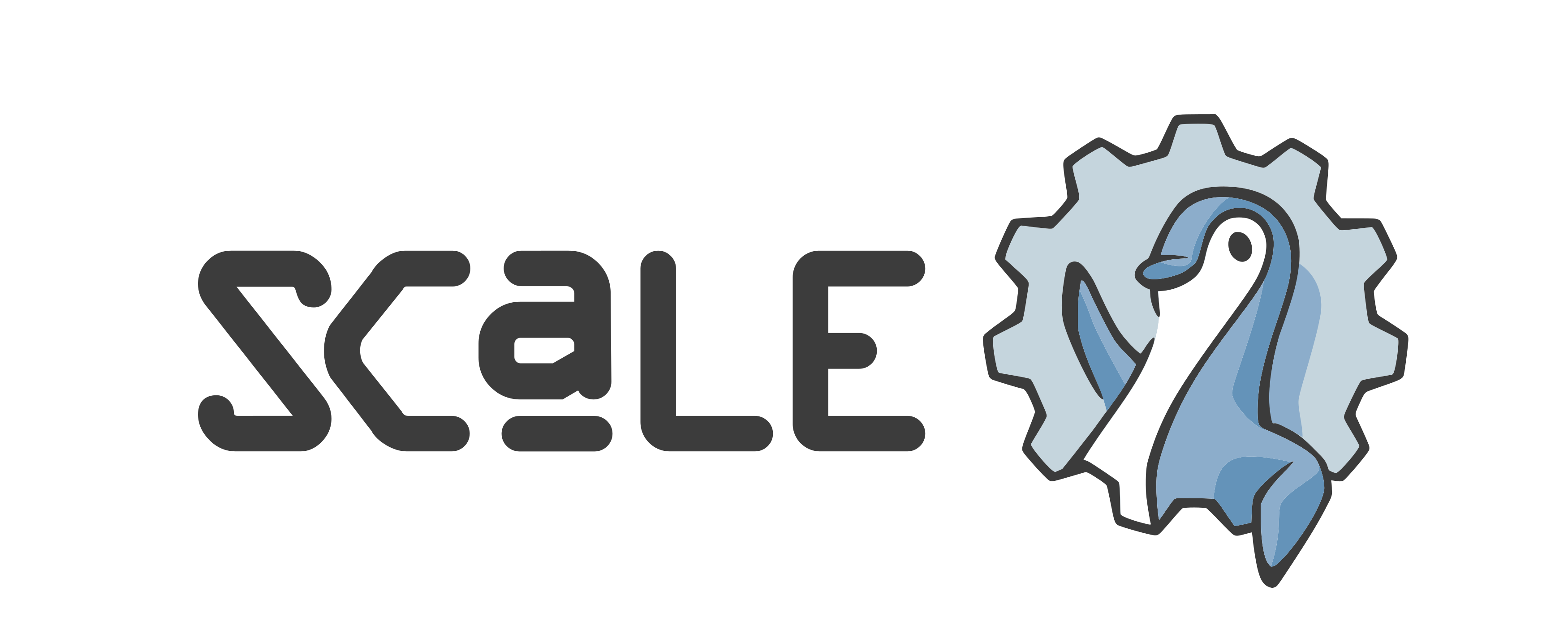Presentations


Kubernetes is a declarative-first platform where manifests written in YAML describe what resources should exist in the cluster and on the nodes. Yet many new users will use imperative processes, running `kubectl apply` either manually or through CI, to define and change the state of their cluster. This approach is known as the “push” model, and while it works initially, it does not scale as more users adopt the platform. Without a shared understanding of the desired state, it’s impossible for teams to collaborate and make changes safely.

Anyone who has used the Ingress resource in Kubernetes for any length of time knows that it is lacking in flexibility and, as a result, has resulted in just about every ingress-related project creating their own bespoke resource types or complex set of needed annotations. Gateway API is the community’s answer to alleviating this pain. This talk will dive into my experiences utilizing it with Traefik for north-south traffic instead of Ingress and IngressRoute resources and with Linkerd to enhance visibility and flexibility of the east-west traffic traversing the service mesh.
Attendees will explore the potential of open-source AI solutions in this presentation and/or demo. We'll dive into practical demonstrations using the LLaMA-Factory library to finetune open-sourced models (e.g. qwen, llama). We will also showcase how to efficiently host and serve these models on vLLM. This session aims to empower practitioners to move past proprietary AI providers by leveraging several open-source frameworks. Key benefits include full control over model behavior, cost efficiency through self-hosting, and the ability to tailor models using advanced fine-tuning techniques.

MySQL Shell is a modern CLI for connecting to, and interacting with, MySQL Instances. But there is so much more!! In this session we will demonstrate some of the cooler, but lesser-known, features of MySQL Shell. These features include, but are not limited to: creating sandbox instances for testing, managing MySQL replication, and dumping data to (and loading data from) a cloud storage bucket.

Scarab is an open-source environmental monitoring robot designed to collect real-time data on air and water quality. Built from repurposed parts, Scarab was inspired by insect movement, WWII aircraft designs and the need for air quality monitoring after the 2023 wildfires. Its sensors detect various gases in the environment, making it a tool for climate research. This presentation will explore Scarab’s build process, the importance of open-source technology in environmental science, and how anyone can contribute to global sustainability through DIY robotics.

What do we need to do to achieve the goal of making 2028 a no-car Olympics & Paralympics? While GTFS-static and GTFS-realtime have been widely adopted as transit data standards for several years now, they are from complete. Gaps exist in the spec and barriers to adoption exist for data propducers and consumers alike. However, with the Olympic & Paralympic Games coming up, we have an incredible chance to level up LA's transit data!

How do we know that concurrent data modifications don't introduce corruption? From double-booked plane seats to crypto exchange bankruptcy, these errors can be costly. MySQL offers transaction isolation levels that balance performance and isolation guarantees. With live demos, we'll learn all about transactions, consistent nonlocking reads, InnoDB locking and MVCC, read phenomena, and isolation levels.
After this talk, you'll be able to spot and fix concurrency bugs in MySQL queries, and make informed decisions about performance tradeoffs in transactions.

Cracking the FAANG interviews.
This session would cover coding, system design, and behavioral, such as leveraging previous work experiences and life experiences to demonstrate qualities that most of these companies seek.
I'd provide samples from my own interviewing experience at companies like Google, Amazong, Netflix, Microsoft, etc.

Graphical interfaces are bloated and bog down your system. Free yourself from the GUI by liberating yourself at the CLI. Learn how to do all the things you thought you needed a GUI for in the terminal, such as watching Youtube videos, reading and editing MS Office documents and replacing MS Word, Excel and Powerpoint, listening to music, browse the modern Internet including images, staying up-to-date and interact on social media, check your email, play games and so much more. Keep your New Year's resolution by dumping that GUI weight and run lean and mean in the CLI.

I have a confession: I love Nix. So much so, that I want to use it to build all my software. But there's a catch - why is Nix so slow? My search for answers began with a bash loop run amok, and ends with Fantail - a new frontend development server powered by Nix and Haskell, with builds 5x faster than the Nix CLI. If you've ever looked up at the sky and wondered if it's possible to use the Nix C++ interface to cache Flake inputs in-memory, this is the talk for you. If not, come along anyway!
